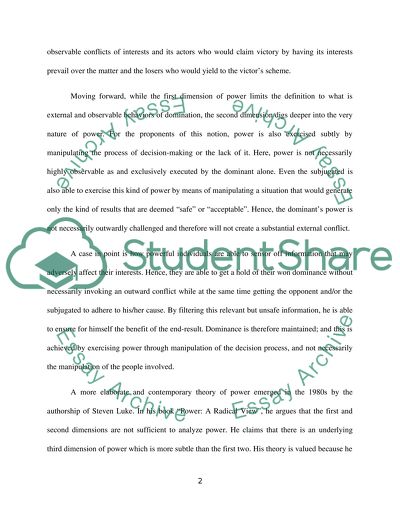Cite this document
(“Lukesa's third dimension of power Essay Example | Topics and Well Written Essays - 1750 words”, n.d.)
Retrieved from https://studentshare.org/sociology/1428460-lukesas-third-dimension-of-power
Retrieved from https://studentshare.org/sociology/1428460-lukesas-third-dimension-of-power
(Lukesa'S Third Dimension of Power Essay Example | Topics and Well Written Essays - 1750 Words)
https://studentshare.org/sociology/1428460-lukesas-third-dimension-of-power.
https://studentshare.org/sociology/1428460-lukesas-third-dimension-of-power.
“Lukesa'S Third Dimension of Power Essay Example | Topics and Well Written Essays - 1750 Words”, n.d. https://studentshare.org/sociology/1428460-lukesas-third-dimension-of-power.


